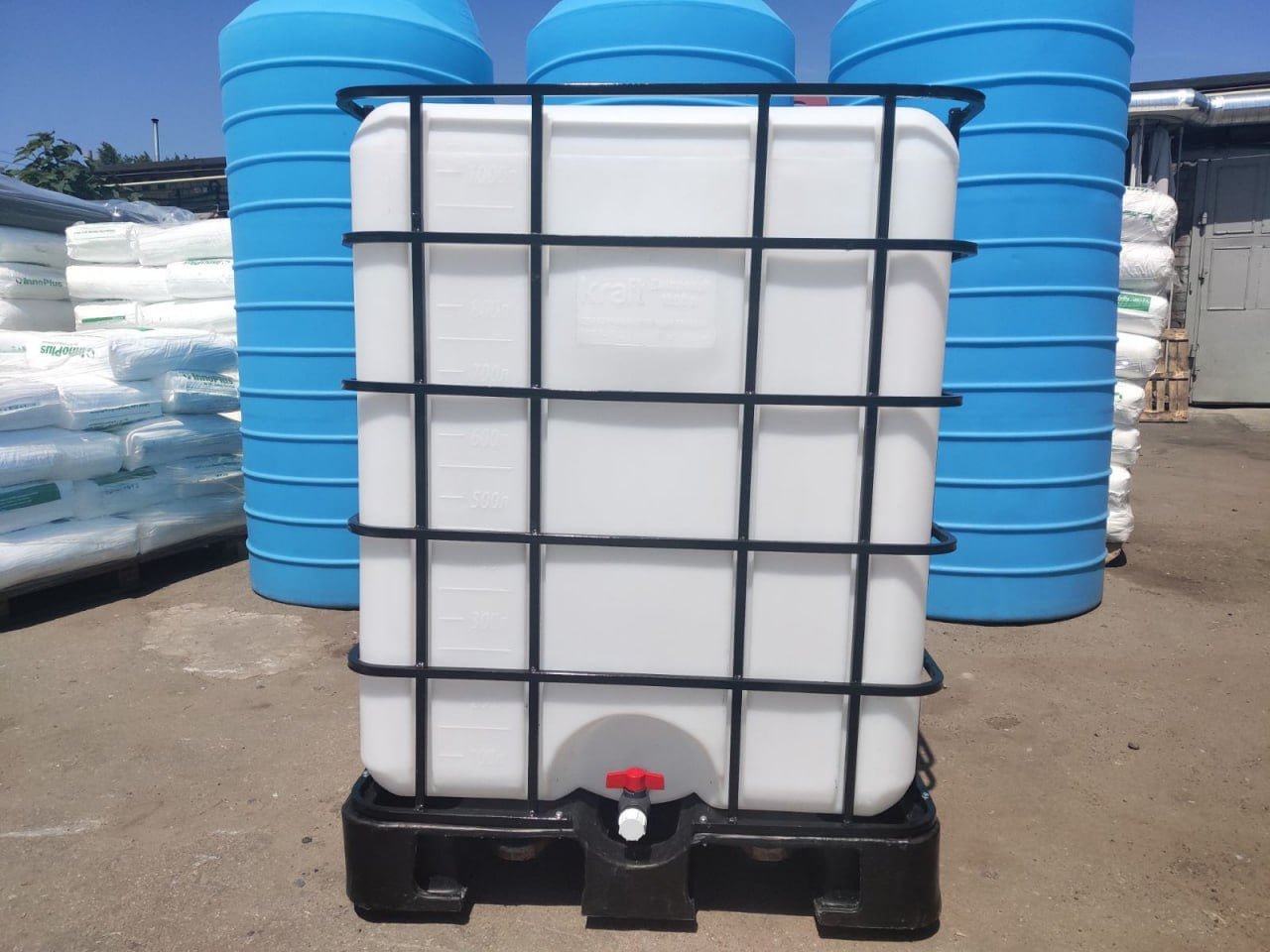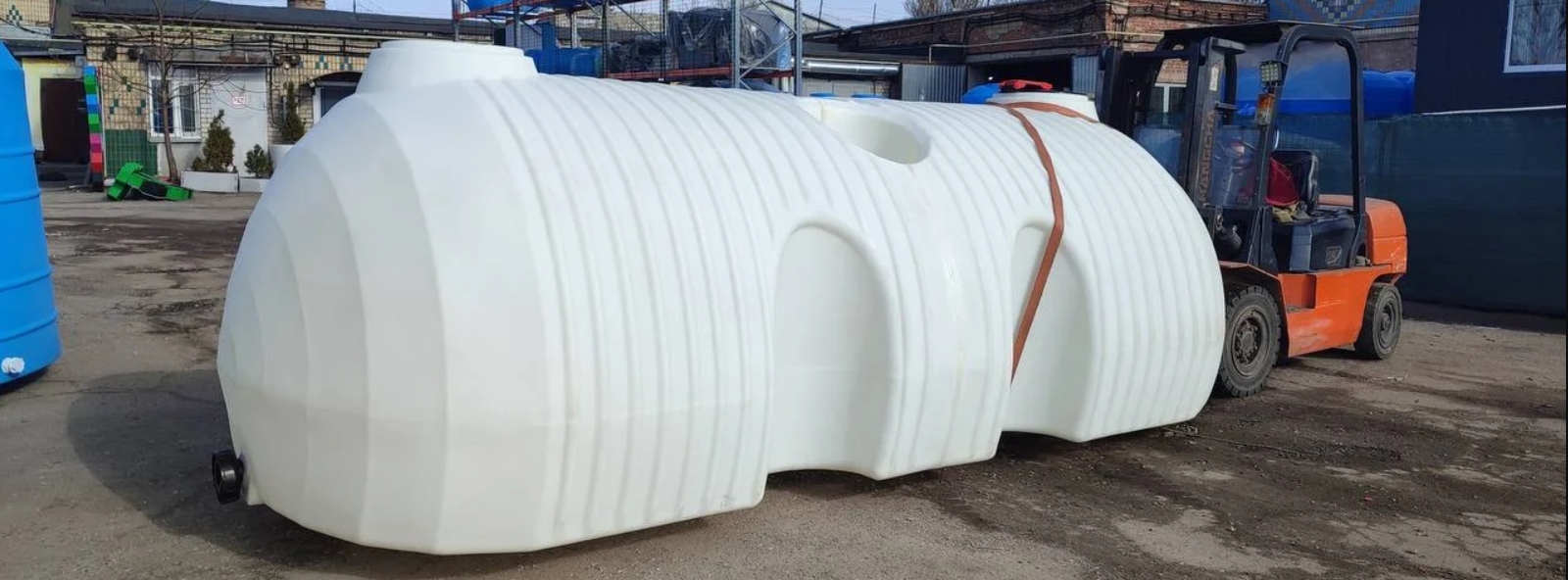Sewer manhole – what is it, types and why is it necessary

A sewer manhole is an important part of the drainage system, designed to collect, transport and distribute wastewater and storm water. The structure is installed in both private and industrial sewer systems, ensuring not only their reliable operation, but also convenient access to underground utilities for maintenance.
Sewer manholes perform the most important functions, ensuring the stable operation of the sewer network, preventing blockages and providing comfortable, safe conditions for servicing pipelines and related equipment. In this article, we will analyze the purpose and types of sewer manholes, learn the design features and what material is used for manufacturing.
Main functions of a sewer manhole
Considering how and why sewer manholes are equipped, it is necessary to highlight the main functions that they perform.
Collection and transportation of wastewater
Sewer manholes ensure the effective collection and distribution of wastewater in the system. They allow wastewater to move freely through the sewer system, preventing stagnation and clogging of pipelines.
Monitoring and maintenance
One of the key aspects of sewer system operation is its regular inspection and cleaning. Sewer manholes allow you to inspect the condition of the pipes, identify blockages and promptly eliminate them. Without them, access to the pipelines would be extremely difficult.
Preventing blockages and overflows
Clogs in the sewer system can lead to serious problems, including flooding and damage to buildings. Manholes allow you to clean and flush the system in a timely manner, reducing the risk of emergency situations.
Compensating for elevation differences
Sewer pipes are laid with a slope to ensure the natural gravity movement of water. In the case of significant elevation differences, drop manholes are installed to regulate the flow of wastewater and prevent water hammering.
Sewer system ventilation
Proper ventilation plays an important role in the operation of the sewer system. Manholes promote air circulation in the pipes, preventing the accumulation of harmful gases such as methane and hydrogen sulfide.
Types of sewer manholes and their design
Depending on the purpose and operating features, there are the following types of sewer manholes:
- Inspection manholes are designed to monitor and maintain the system. They are installed on straight sections of the sewer network, as well as in places of turns, branches and level differences. The design of the inspection manhole consists of a shaft, a working chamber, a hatch and a bottom. Depending on the depth of the shaft, it is made of brick, reinforced concrete rings or plastic.
- Drop manholes are used in cases where it is necessary to compensate for significant differences in height in the system. They regulate the flow rate of wastewater and prevent the destruction of the pipeline due to water hammer. Such manholes have a stepped or vertical design, allowing water to smoothly descend to the required height.
- Filtration manholes are used in storm sewer systems and at sites without a centralized sewer system. The main task is to filter and drain wastewater into the ground. Typically, this is a well with perforated walls, installed on a filter base. This is a layer of crushed stone, sand, gravel, which cleans the water from impurities before it gets into the ground.
- Sedimentation wells are used to settle large-fraction impurities before wastewater enters the main sewer system or treatment facilities. The structures are a settling chamber well, where heavy impurities settle to the bottom, and purified water flows further through the system.
- Pump wells are used where gravity sewerage is impossible, for example, in areas with low relief. Pumps are installed in such wells to pump wastewater to a higher level. The size of the internal space allows for the installation of pumping equipment, a system of water level sensors and outlet pipelines.
- Accumulation types of water wells are designed to collect and temporarily store wastewater. Unlike septic tanks and filtration systems, their design does not provide for wastewater treatment, but only for its accumulation until pumping. Water is removed using a sewage truck. The main objects where a storage well is used are summer cottages and country houses with irregular residence. These are also places where the groundwater level is high, which excludes the possibility of filtering wastewater. As well as objects where there are no conditions for the construction of a full-fledged local treatment system.
- A drainage sewer well is designed to collect and drain groundwater and rainwater. It prevents water stagnation on the site, protects the foundation of buildings from being washed away and reduces the likelihood of flooding basements. Drainage wells are used in situations such as surface and deep drainage systems. In the construction of houses on sites with a high groundwater level. In places with clayey or poorly water-absorbing soils. In areas subject to seasonal flooding. In drainage systems for the removal of groundwater.
Materials for the manufacture of sewer wells
Different types of materials are used for the manufacture of wells, each of which has its own advantages:
- Reinforced concrete (monolithic concrete) is a traditional and durable material that can withstand heavy loads.
- Brick – less often used due to the labor intensity of laying, but provides good strength.
- Plastic – lightweight, easy to install and resistant to corrosion.
- Metal – less often used, as it is susceptible to corrosion, but has high strength.
Depth of the sewer well and other important parameters
The depth of the sewer well depends on the specific system and type of well. On average, it varies from 1 to 5 meters, but in industrial and urban networks it can reach 10 meters. When designing, such factors as the level of the pipes, climatic conditions and soil type are taken into account.
Ready-made plastic wells and their advantages
Recently, wells made of polymeric materials have become especially popular due to their unique properties. Plastic models are available in a wide range of diameters and heights, which allows you to choose the best option for various needs – from private homes to industrial facilities. Flexibility in choosing sizes makes them easy to install and operate.
The main advantages of plastic sewer manholes:
- Durability – plastic, unlike metal or concrete analogues, is not susceptible to corrosion, which significantly extends the service life of a well made of polymer materials.
- Tightness – plastic wells eliminate leakage of drains and penetration of groundwater, preventing environmental pollution.
- Lightness – compared to concrete structures, plastic wells are much lighter, which simplifies their transportation and installation.
- Ease of installation – due to the lightweight and modular design, the installation of such wells does not require the use of heavy equipment.
- Resistance to chemically aggressive substances. This property makes plastic wells attractive for use not only in domestic, but also in industrial sewerage systems.
- Cost-effective – despite the initial higher cost, plastic wells require less installation and maintenance costs, making them a cost-effective solution in the long run.
Custom-made plastic tanks from KRAFT
Underground plastic wells from KRAFT are a modern solution for creating efficient and durable sewer systems. Their long service life, tightness, lightness and resistance to aggressive environments make them an excellent alternative to traditional materials. Thanks to a wide range of sizes, you can choose the best option for any operating conditions, ensuring reliability and ease of maintenance of the sewer system.
In addition to standard models, KRAFT offers custom-made plastic tanks made according to the customer’s individual parameters. This is convenient for non-standard objects that require a special shape or volume of the tank. Such tanks are widely used not only in sewer systems, but also in water storage systems, drainage systems and even in agriculture.
Remember, a sewer well is a key element of the drainage system, ensuring its smooth operation, ease of use and maintenance. Regardless of the type of construction, wells perform the most important functions of monitoring, regulating and transporting wastewater, preventing emergencies and extending the service life of the sewer network. A properly designed and installed well system allows for effective solutions to water drainage and environmental protection issues.
It will also be interesting
Do you need a consultation?

Sales Manager
Alexandra
Fill out the form and we will be in touch to answer your questions







